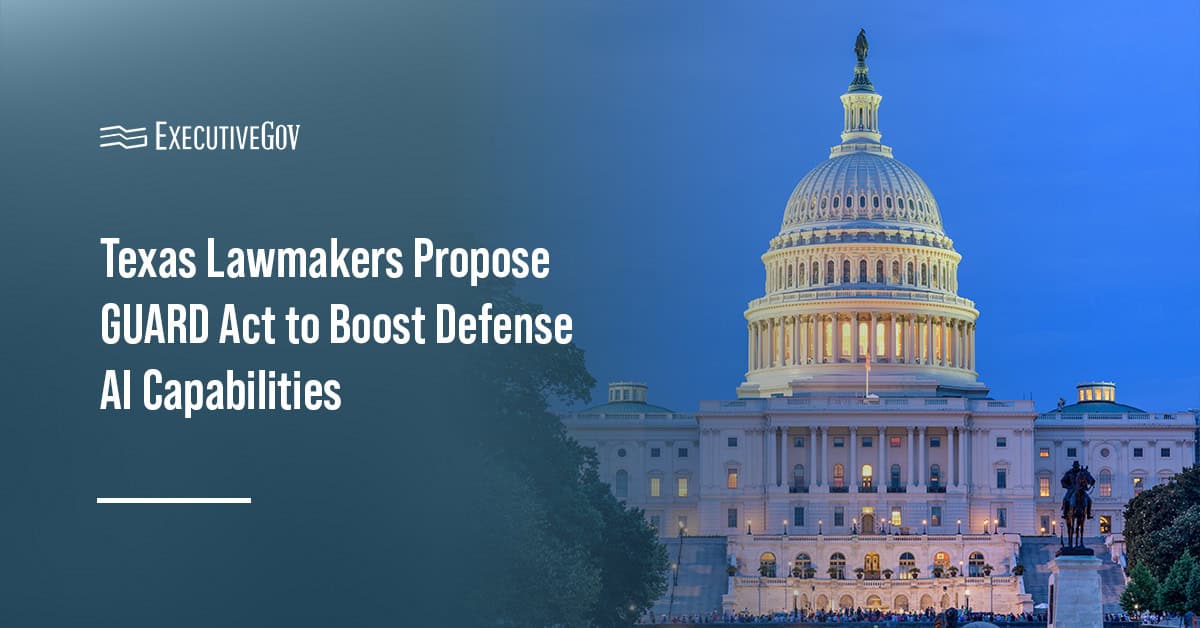
Defense Secretary Ashton Carter supports President Barack Obama’s decision to fully lift a weapon sales ban the U.S. government had previously imposed on Vietnam, DoD News reported Tuesday.
“Bilaterally, this allows us to make yet further advances in what really is an historic military-to-military relationship with Vietnam,” Carter was quoted as saying.
“I think this will particularly be reflected in the maritime domain,” he added, according to the report.
He told DoD News that many Southeast Asian countries seek collaboration with the U.S. to help them address security challenges in the region and he believes that U.S. military presence there has contributed to regional stability.
The report said Carter became the first U.S. government official to tour a naval fleet in Vietnam’s Hai Phong harbor when he visited the site last year.





